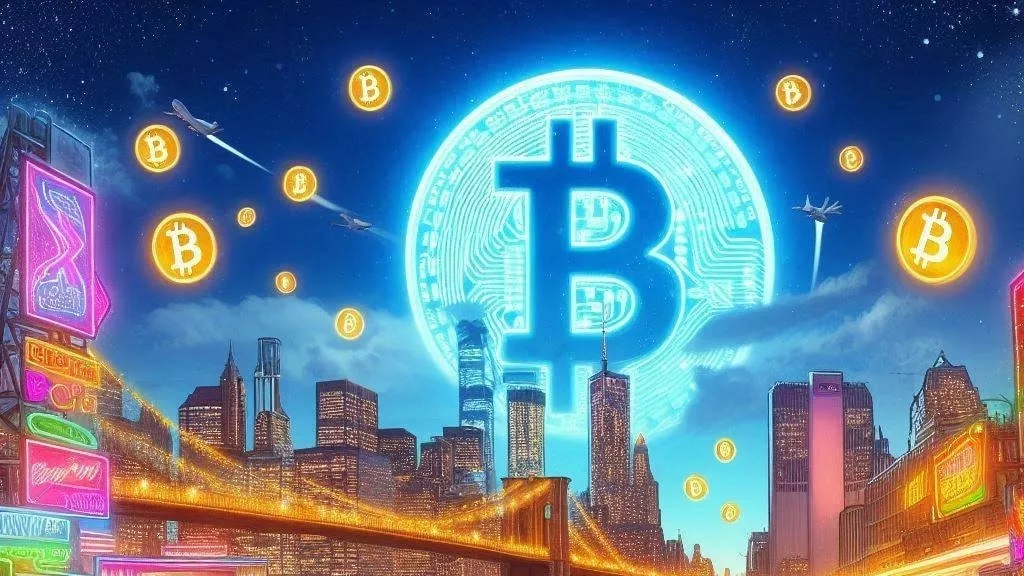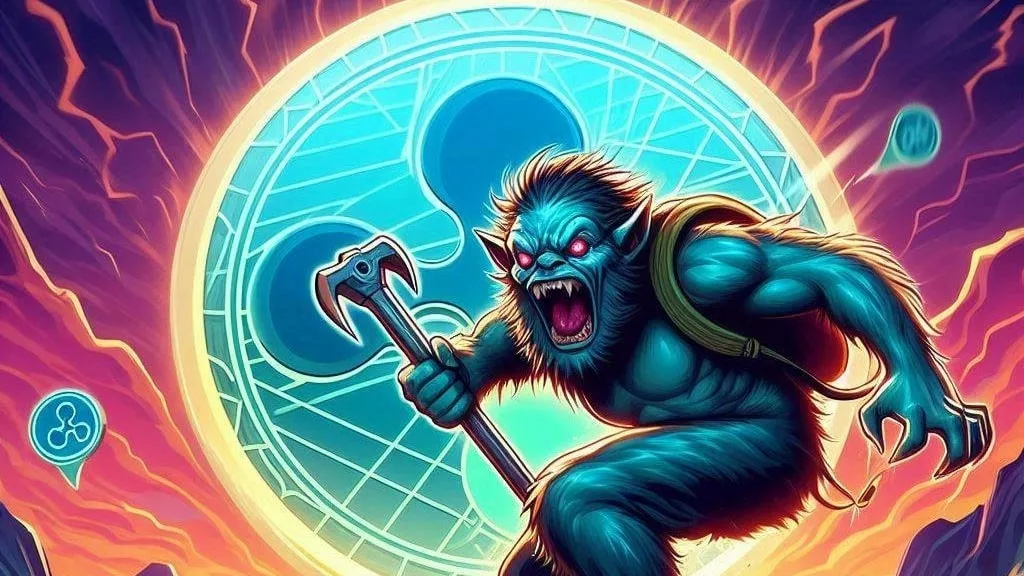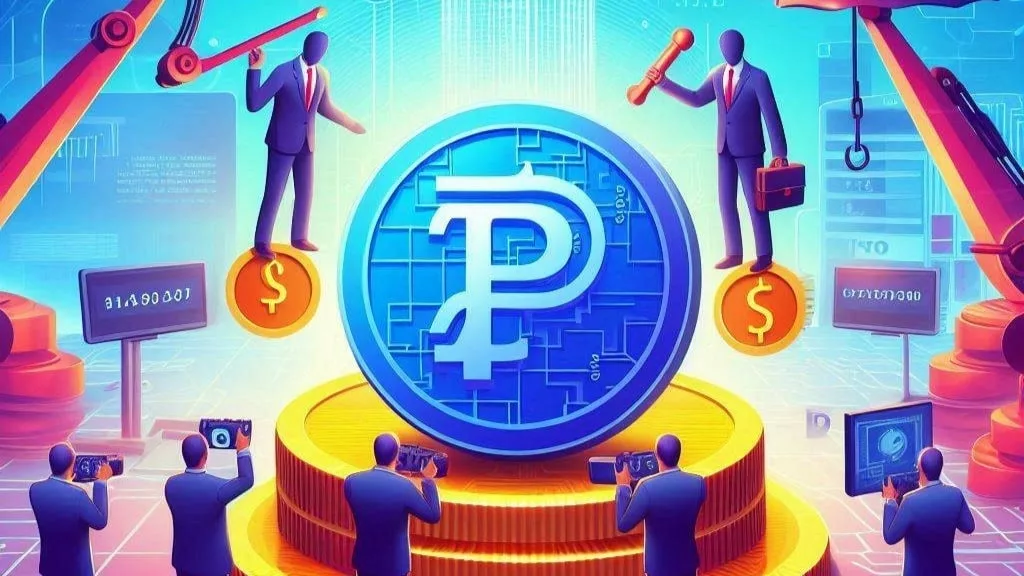
XRP, one of the most widely discussed cryptocurrencies, has been the subject of much speculation regarding its price potential. Recently, a bold $10,000 price prediction for XRP went viral, raising discussions within the crypto community. Crypto commentator Joshua Jake responded to the idea, providing a detailed breakdown of the factors that would need to align for such a scenario to come true. Here’s a closer look at his commentary and the realities of XRP’s future price trajectory.
The initial price prediction that XRP could one day reach $10,000 was fueled by a mathematical breakdown from an analyst who pointed to several potential catalysts. Among these was the possibility of XRP benefiting from Exchange-Traded Fund (ETF) approvals, institutional adoption, traditional finance (TradFi), and the rise of crypto reserves. The analyst speculated that such factors could lead to a massive price surge for XRP, potentially sending it up to $100 by summer.
While the idea captured the attention of the crypto community, Joshua Jake was quick to offer his thoughts, dismissing many of the assumptions underlying the prediction. His analysis suggests that the path to $10,000 is highly unlikely, and even hitting $100 per XRP would be a stretch.
Jake addressed the concept of ETFs being a driving force for XRP’s price, arguing that even with the success of Bitcoin ETFs, Bitcoin’s price hasn’t reached anywhere near the levels some had envisioned. If ETFs could send XRP to $100, Jake pointed out, Bitcoin should have already surpassed $1 million per coin. Instead, Bitcoin remains well below that mark, indicating that ETFs alone are unlikely to trigger such dramatic price movements for XRP.
Jake further explained that while ETFs allow for greater institutional involvement in the market, they also increase market-making and resistance levels, rather than propelling an asset’s price into the stratosphere. In his view, pushing XRP to even $30 or $20 would require immense value, which ETFs and TradFi adoption aren’t likely to provide.
A supercycle for XRP, as some proponents suggest, would supposedly be driven by increased adoption in traditional finance and the creation of crypto reserves. Jake was quick to dismiss this idea, citing former U.S. President Donald Trump’s order to establish a crypto reserve, which notably did not include XRP. Despite previous references to XRP, the final order only mentioned Bitcoin, and Jake argued that even if XRP were eventually included in a future U.S. crypto reserve, it wouldn’t create the kind of supply shock that some predict.
In Jake’s view, a more realistic supercycle could push XRP to $15, a far cry from the optimistic $10,000 target many enthusiasts envision. He cautioned against unrealistic expectations and urged investors to remain grounded in their analysis.
One of Jake’s most significant points was about the implications of XRP reaching $10,000. At this price point, XRP’s market cap would exceed $1 quadrillion, a figure that surpasses the total wealth of the entire world. For XRP to reach $10,000, the entire market would need to undergo a massive restructuring, making it an impossibly large task given the current market dynamics.
To illustrate the absurdity, Jake compared XRP’s potential market cap at $100 per coin, which would be a $10 trillion market cap, still far too large to be plausible. As a result, he urged caution, stressing that market cap does, in fact, matter, and it’s important not to ignore this key factor when considering such outlandish predictions.
In an even more far-fetched scenario, one analyst suggested that XRP could surge to $10,000 if “every single bank in every single country” used XRP for transactions and burned tokens in the process. Jake disagreed with this viewpoint, pointing out that the market is flooded with competition and that XRP would merely be a part of the broader financial ecosystem, not the sole player.
Moreover, Jake noted that token burns have proven insignificant. Despite years of XRP burns, there are still approximately 99.98 billion tokens in circulation. Ripple, the company behind XRP, also controls around 40% of the token supply. Jake argued that banks would not want to pump the price of XRP to $10,000, as it would give Ripple too much control and make it a multi-trillion-dollar entity, which no bank would likely support.
The $10,000 prediction also claimed that XRP was advancing much faster than Bitcoin and Ethereum, which supposedly lacked major developments. Jake refuted this claim, citing Ethereum’s pivotal role in the tokenization of assets and its significant Total Value Locked (TVL) of $50.75 billion, a figure far above its competitors. Additionally, Jake pointed to the widespread adoption of Ethereum by banks for their crypto projects.
Regarding Bitcoin, Jake emphasized its use case as the greatest digital store of value, its role in the carbon credit market, and its increasing support from entities like the IMF and the U.S. government. XRP, he argued, simply isn’t seeing the same level of adoption or institutional backing, which further weakens the case for such a high price prediction.
Joshua Jake clarified that his goal wasn’t to discredit XRP but to encourage a more open, balanced conversation about its potential. While XRP does show promise, especially in the context of regulatory developments and adoption in the financial sector, the notion that it could reach $10,000 is highly speculative. Investors should avoid getting caught up in overly optimistic predictions and instead focus on realistic price scenarios.
As Jake concluded, “It’s easy to get caught up in hype, but unrealistic expectations about XRP’s price could lead to disappointment.” For now, the focus should be on the fundamentals and the broader market conditions that will shape XRP’s future.



Get the latest Crypto & Blockchain News in your inbox.